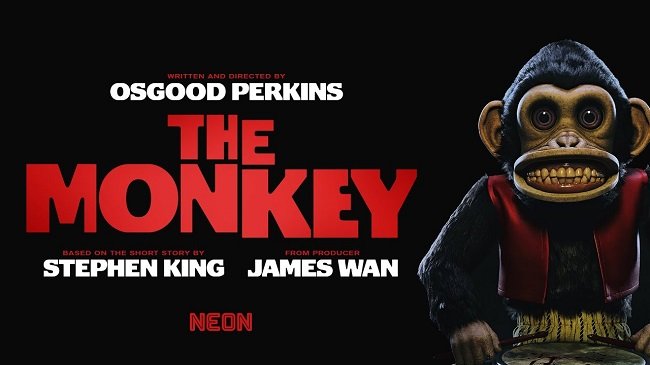The Stepfather (1987)
The evil stepparent is a common trope in cinema. One can argue that is does perpetuate a negative stereotype but then Hollywood has never been quick to reflect social change or been overly concerned about its depiction of certain aspects of society. However, as a plot device this is money for old rope. So dovetailing a murderous stepfather into a slasher movie was a logical step in 1987 when the genre was booming. In many respects The Stepfather is an arbitrary, low budget movie, with all the associated hallmarks. Its cinematography is functional but no more so and it is shot on low grade film stock. Hence the colour palette is somewhat lurid. It is mainly a housebound production with standard suburban exterior shots. The score is a typical eighties synthesiser offering, that both under performs and dates the proceedings. Yet one thing stands out and makes The Stepfather better than what it deserves. The central performance by Terry O'Quinn is compelling and drives the movie forward.
Jerry Blake (Terry O'Quinn) has recently married widow Susan Maine (Shelly Hack) after moving to a small town. He sells real estate and extols the virtues of the American Dream; of family, home and hard work. Yet his stepdaughter Stephanie (Jill Schoelen) is suspicious of him and still grieves for her natural father. She shares her fears with her therapist Dr. Bondurant (Charles Lanyer). Meanwhile, in the next town Jim Ogilvie (Stephen Shellen) searches for evidence regarding the murder of his sister and her family by the mysterious man she married. The police have no clues and the local press are disinclined to pursue the story any further. Jim suspects that there may be a serial killer travelling the state preying on widows and searching for the perfect family. Is Jerry Blake that man? Are Stephanie’s fears about him founded or is she just struggling to come to terms with the changes in her family.
The Stepfather has a good cold opening which clearly establishes where the plot is going. Although the rather formulaic screenplay by Donald E. Westlake unfolds in a somewhat expected fashion, it does have a few points of interest along the way. This is the era prior to DNA evidence and the proliferation of CCTV. Local police departments simply don’t have the manpower to undertake extensive door to door searches. If clues are not immediately forthcoming then a murder investigation quickly goes cold. Such a time obviously made moving around the country and changing one’s identity a lot easier. The film also touches upon the American love affair with small towns and how they represent all that is considered good and wholesome and about the American way of life. There are hints that the story by Brian Garfield (of Death Wish fame) is a metaphor for how this was considered under attack at the time, from social change.
The cast do the best they can and the screenplay endeavours to give some depth to the Mother and Daughter relationship and how it is unbalanced by the arrival of Jerry in their lives. But overall the proceeding are dominated by Terry O’Quinn. The way he veers from the quietly spoken Father figure to an angry sociopath is quite startling. There is not an excess of violence in The Stepfather but when it comes, it is powerfully handled. When Jerry finally snaps and has his iconic “who am I here” moment, where he momentarily forgets what identity he has currently assumed it remains a standout scene. Director Joseph Rueben gets as much mileage from his cast and the film’s 90-minute running time as possible. He refined this process even further to better result in 1991, when he made the similarly themed movie Sleeping with the Enemy with Julia Roberts.




























